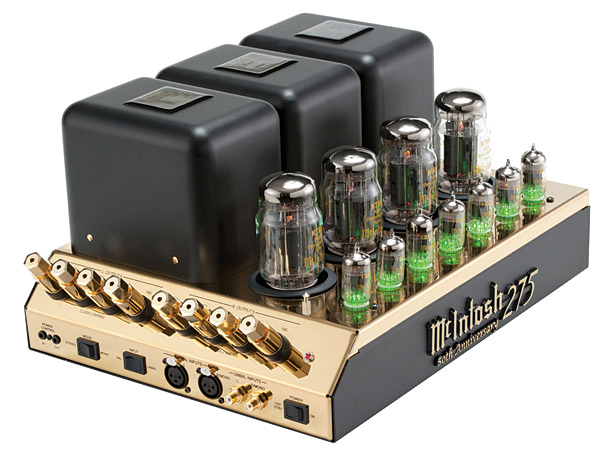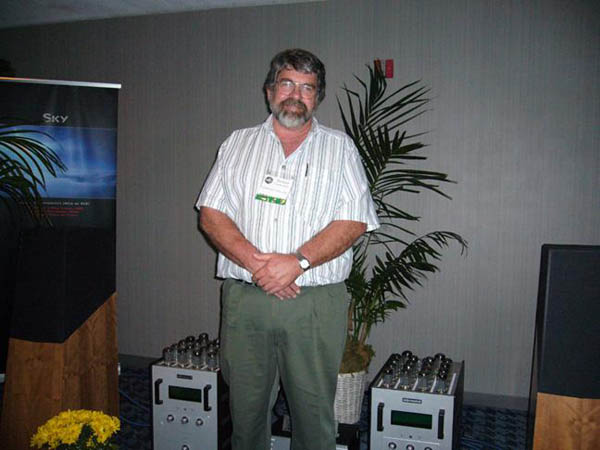
McIntosh Laboratory MC275 50th Anniversary Limited Edition power amplifier
McIntosh Laboratory MC275 50th Anniversary Limited Edition power amplifier

- Read more about McIntosh Laboratory MC275 50th Anniversary Limited Edition power amplifier
- Log in or register to post comments





